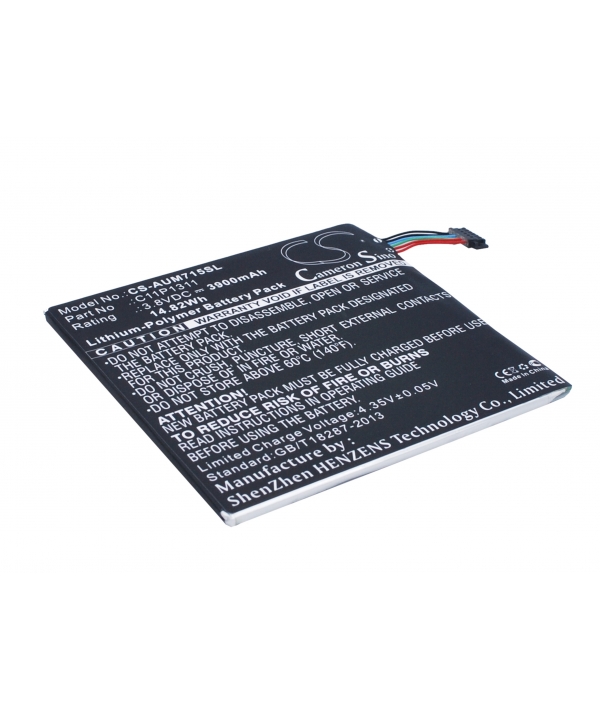

Still, finally seeing the little gold button pads on a board Park but was ultimately unused due to a lack of time and perceived Test board with various types of pads was hastily cobbled together with

New octagonal button footprints were created, and a Pads on other controllers and remote controls and wanted to try someĭifferent styles. The project was temporarily dropped when a project at work pulled me away and kept me constantly busy.ĭuring the time away from the project, I had been looking into button I started routing traced and made decent progress, but ultimately the board was left unfinished. The ATmega, GPIO expanders and voltage regulator were added as SMD components, while through hole headers were used for a reset button and ICSP, FTDI and sensor board connectors. The button footprints were initially on the top layer but were flipped to the bottom to follow the standard of placing components on the top layer. Still, I went ahead and began adding my previously chosen set of components to the board. Unfortunately these measurements were made hastily in anticipation of getting the board fabbed quickly, and their inaccuracies showed when printing out the board layout for physical design checks. Any sort of expansion port to provide additional features or extra prototyping capabilities was absent.Īfter taking initial measurements of the Power Glove's main control board, I drew up the board outline, placed mounting holes, created the spiral button pad footprints and marked said button pad positions on the board, attempting to stay as true to the original as possible. 5V from the FTDI cable would power the Arduino as well as a 3.3V LDO for the external sensors.

SPI GPIO expanders (MCP23S08 and MCP23S17) would be used to collect the button inputs, taking advantage of the chips' interrupt features to eliminate the need for polling. FTDI and ICSP headers would be provided for programming and debugging. It featured a standard ATmega328P-based Arduino as the brains for ease of design. The initial design was very simple, yet perhaps slightly over engineered. Otherwise, have a sit in your favorite chair (or other accommodating local seating), relax and read on! Getting Started in Eagle If you’re not interested in the design process and want to see some results NOW, hang tight! I’ll be posting a log with the boards and current prototype soon. To be honest, this information is a bit outdated as I have already received the boards mentioned herein, but I feel obligated to catch up and put out a full build log. In this log, I’ll summarize the design process I went through with Eagle and later KiCad with the control and sensor board replacements for the Power Glove. Yes, the wait is over! Part 2 has finally arrived!


 0 kommentar(er)
0 kommentar(er)
